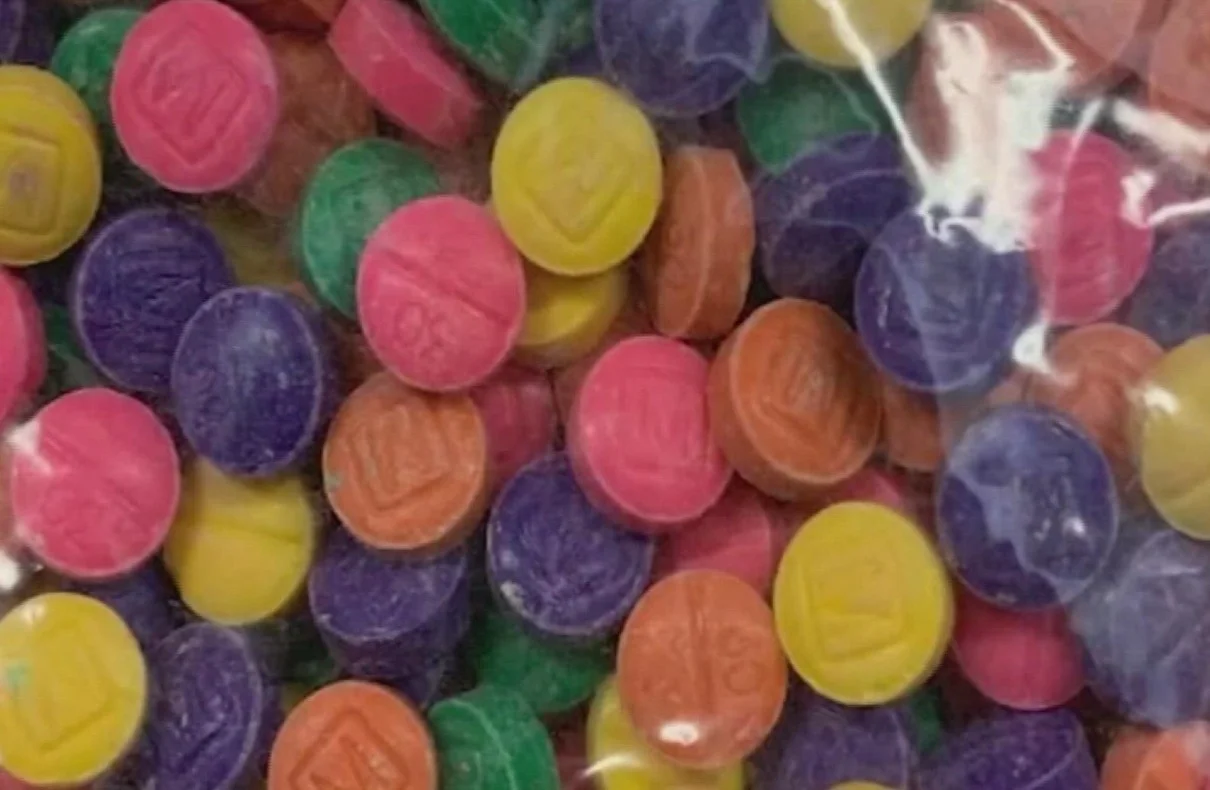
The opioid epidemic continues to wreak havoc on communities across the United States, and a particularly devastating aspect of this crisis is the increasing number of children overdosing on fentanyl. Fentanyl, a potent synthetic opioid, has become alarmingly prevalent in the illicit drug market, often leading to tragic and fatal consequences for young children.
Every overdose death is a heartbreaking loss, but when it involves a child, the pain and devastation are amplified. One such tragic story is that of Jaxson, a two-year-old boy who lost his life due to fentanyl poisoning. His father, Edwin Suda, recalls the devastating moment when he discovered his son’s lifeless body. Jaxson’s mother, Lauren Baker, had ingested fentanyl and unknowingly exposed Jaxson to the drug, resulting in his tragic death. Jaxson’s story is not an isolated incident; data reveals a disturbing trend of children overdosing on fentanyl.
Smoking Versus Injecting Drugs: Understanding the Impact on Overdose Deaths
The exact number of children overdosing on fentanyl is difficult to determine accurately. Fentanyl is not easily detected in standard drug tests, making it challenging to identify cases unless they result in death. Dr. Shan Yin from the Cincinnati Drug and Poison Information Center highlights this issue, emphasizing that fentanyl often goes undetected unless specifically tested for. Consequently, the reported numbers only reflect cases where fentanyl was identified through the efforts of Ohio Drug and Poison Information Centers. However, these reports indicate a consistent increase in fentanyl overdoses among children.
Fentanyl has emerged as a dangerous and prevalent substance in the illicit drug market, overshadowing the presence of other drugs like heroin. The Kentucky Injury Prevention and Research Center reports that fentanyl has largely replaced heroin in the drug market. The potency and availability of fentanyl make it an appealing option for drug dealers, leading to a surge in overdoses among both adults and children. Understanding the factors contributing to the proliferation of fentanyl is crucial in addressing the growing crisis.
Children are particularly vulnerable to accidental fentanyl exposure due to their natural curiosity and lack of understanding of the dangers associated with drugs. Dr. Yin explains that children’s exploratory behavior and tendency to put objects in their mouths put them at risk of ingesting substances found within their environment. This includes fentanyl-laced pills that may be accessible within their homes. Preventing child overdoses requires a comprehensive approach that focuses on educating adults with addiction issues and implementing safety measures to protect children.
Traditional drug prevention programs have primarily emphasized abstinence, urging individuals to avoid drug use altogether. However, in the context of fentanyl overdoses among children, a paradigm shift is necessary. Instead of solely promoting abstinence, prevention efforts should prioritize safety. Programs like Safety First, available through Stanford, have demonstrated the effectiveness of this approach. By empowering individuals with strategies to stay safe if they do use drugs, such as never using alone and starting with small doses, we can help mitigate the risks associated with fentanyl exposure.
Education plays a crucial role in equipping individuals to respond effectively in the event of an overdose. This is especially relevant for parents and caregivers who should be able to recognize the signs of an overdose and act promptly. Calling 911 and administering naloxone, a medication that can reverse the effects of an opioid overdose, are essential steps in saving lives. Schools should also be prepared by having naloxone readily available and ensuring that staff are trained in its administration.
FDA Approves Revolutionary Cellular Therapy for Metastatic Melanoma
It is important to acknowledge that some young people may intentionally seek out fentanyl due to underlying mental health issues or addiction. In these cases, it is crucial to provide appropriate referrals for evidence-based mental health treatment, including counseling and, when necessary, medication. Differentiating between genuine medication and counterfeit pills is vital to ensure that young people receive the appropriate care and support they need.
The stigma surrounding addiction often prevents individuals from seeking help and perpetuates a cycle of shame and secrecy. Recognizing addiction as a chronic illness is essential in fostering a compassionate and supportive environment for individuals struggling with substance use disorders. Addiction should be treated with the same level of empathy and understanding as other chronic conditions like diabetes. By reducing stigma, we can encourage more people to seek treatment and support, ultimately preventing overdoses among children.
Combating the crisis of fentanyl overdoses among children requires a collaborative effort from various stakeholders. Schools, healthcare professionals, law enforcement agencies, and community organizations must work together to implement comprehensive prevention programs and support services. By mobilizing resources and sharing knowledge, we can create a safer environment for children and prevent further tragedies.
